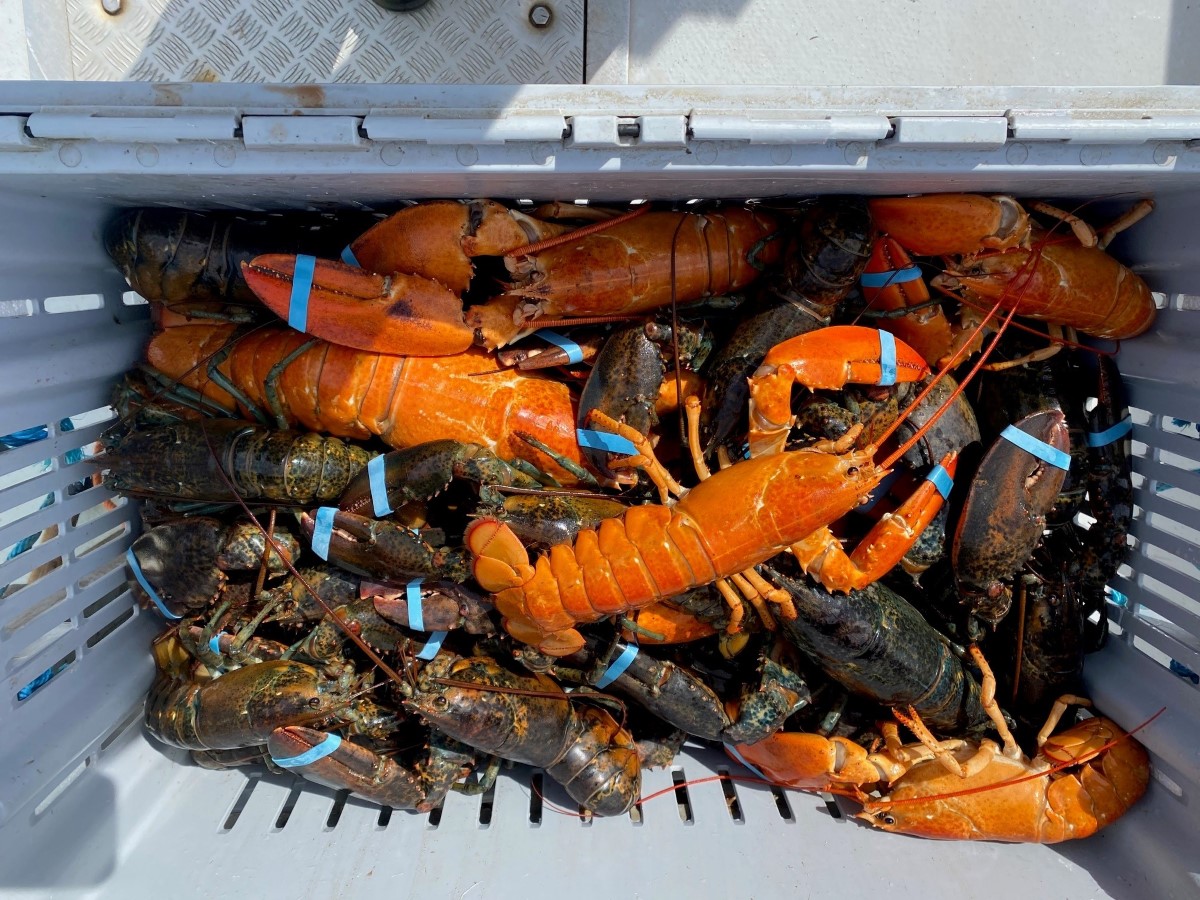Introduction to stock assessment
Module 2: Summary

American Lobster in Nova Scotia.
Photo credit: Ben Zisserson, DFO
- Stock assessments can require large amounts of data, collected over multiple years.
- Fishery-dependent data are collected directly from commercial, recreational, or Indigenous food, social and ceremonial (FSC) fisheries. Fishery-independent data are collected from outside of fisheries. Both play important and complementary roles in stock assessments.
- DFO regularly carries out monitoring surveys to collect fishery-independent data. Monitoring undertaken by Rights-holders and stakeholders, such as Indigenous Peoples and fishing industries, beyond their harvesting activities is also a critical source of fishery-independent knowledge, expertise, and capacity in Canada.
- Knowledge gaps can exist between fishery-dependent and fishery-independent data. Dedicated fisheries research is carried out to fill these gaps.
- Modelling allows scientists to combine diverse and complex observations into a clearer understanding of past, present, and future stock status under different harvest and environmental conditions. Models can also be used to identify reference points.
- There are several model-free methods that can be used for data-limited stocks that do not require intensive computations. These approaches instead look for patterns in the data using time series.
- Date modified: